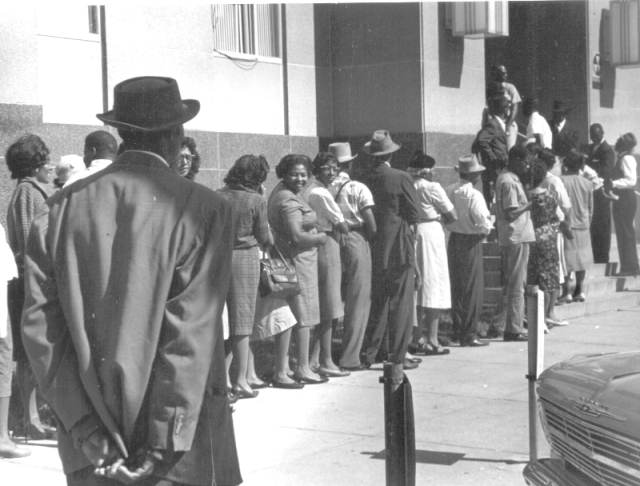I sat down on one of the couches in Ebrik Coffee Room and started my day. I am currently a college student, so my daily check list usually involves finishing homework and studying for various tests. I chose Ebrik as it is a short walk from my dorm, has great coffee, and is large with many open spaces to sit.
The room had a very urban tone to it, as the tables and chairs seemed metallic, aside from the couches in the back. The environment felt raw, as there were no ceiling tiles, and just the metallic scaffolding above. The lights were small and bright, with an incandescent glow. The lack of fluorescent lighting made the space feel more homely, contrasting with the furnishing choices. It worked somehow. All the patrons were minding their own business, and there was an unstated agreement not to bother one another. Everyone was so immersed in their own work that the sounds of the coffee shop muffled together to almost create a quasi-white noise that helped me concentrate on my work. There were students, businessmen, tourists, and coffee enthusiasts all in one place. Yet still not one person was concerned with anyone else but themselves and their friends. There was nothing separating anyone via race, social status, wealth, etc. Ebrik felt completely and utterly unique in the moment, like there was no coffee shop in the world like it. I feel drawn to coffee shops constantly because every single local shop has its own completely unique vibe and feel, no matter where it is. (With the exception of corporations like Starbucks, Dunking Donuts, etc.) The only similarity is that they usually serve great coffee and, again, there is nothing separating the people there.
Coffee shops are significant to me as they let me feel completely independent. No one is concerned with my actions, as I am not concerned with anyone else. Coffee shops, especially Ebrik, offer a neutral environment to bask in, whether it be simply to grab a cup of coffee, study for an exam, or talk with friends. This contrasts with the GSU library as it is meant for reading and academic studies mainly.
This coffee shop connects to my societal issue of global warming as there are constant reminders of how green the shop is. For example, I am currently sipping through a paper straw, sitting next to a couch made of 100% recycled material. To my left are many bags of organically produced coffee beans, and a large electric grinder to grind the beans. The cup that I am drinking out of is completely recyclable as well. There are so many examples of small actions being taken by a local shop to ensure that they can leave as little a carbon footprint as possible so that people do not have to relocate from areas affected by global warming in the future. This should be taken as an example for bigger corporations to abide by in order to make a larger scale effort to reduce our carbon footprint. In a more social context, Ebrik serves as a place where everybody is considered equal. The one thing separating people at Ebrik is what type of beverage they order, otherwise everyone is known as a patron of the shop. It simply does not matter what you look like, where you are from, and even what your political beliefs are. There is no time or place for that here. Everyone has something that they need to get done, and this is the place to do that without intervention from other people. Everything about Ebrik is balanced and neutral, as nothing is being forced. There is no place for Judgement, nor is it accepted. Privacy is a priority, and it flourishes in coffee shops.


